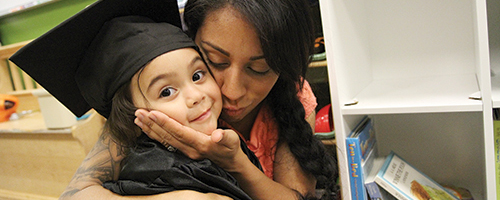NASA projects continue at PSU
Four projects in Portland State University’s mechanical engineering department relying on NASA funding or facilities are going forth, waiting for final word on the financial impact of the Columbia disaster.
While worries about the future of NASA have been aired since Saturday, NASA has urged researchers to continue their projects as planned.
One such project at PSU, a senior capstone investigating fluid dynamics in reduced gravity, is to be flown this March aboard NASA’s KC135 aircraft, which simulates the low-gravity conditions of space.
PSU seniors, Mike Severson, Albert Sitoris, Jamie Kelso, Mike Bacich, and Megan Sala are building an apparatus that will do the testing with some controls being operated by the students on board the plane.
“There are interesting fluid behaviors when gravity is not dominating the system, we wanted to research this phenomenon so we submitted the proposal and we were accepted by NASA,” Severson said, explaining the scope of the project.
“It all started with Professor Mark Weislogel introducing it last year at the end of our heat transfer class,” said Severson.
Weislogel, a former NASA researcher, now an associate professor of mechanical engineering at PSU described the other NASA-funded programs he’s currently involved in.
“One is a fundamental study of fluid mechanics in space, dealing with liquid water, oxygen and propellants,” Weislogel said.
“On the fundamental research side, we have the hair-brained concept and we show in an equation or on the research side that we can make it work,” he said.
“Two others, developing a cooling system for use in satellites and spacecraft, it’s a novel new high power high performance system,” Weislogel said, “One is looking at miniaturizing the system, the other one is a big one.”
Liquids are can be difficult substances to deal with during space flight.
“The liquid inventory is 60 percent of the weight of the spacecraft, and because some of these liquids are cryogens, you want to keep the liquid in a safe place,” Weislogel said.
Any heat can cause a Cryogen to boil and expand as a gas, causing the tank the liquid is held in to expand or explode. In order to prevent that, the gas must be vented, but as gravity is removed, gas no longer rises to the top of a container, and so locating the gas becomes a chore.
Weislogel said the main difficulty in developing technologies for spacecraft and satellites is gaining access to low gravity situations.
“There’s so little exposure to microgravity that failsafe designs are difficult to come upon,” he said.
NASA uses the KC135 aircraft and drop towers to simulate microgravity on Earth.
According to Weislogel, drop towers are often the best place to test space-bound designs.
“The problem is you can only get about five seconds (of test time),” he said.
New drop towers in Japan and Canada afford 10 and 15 seconds respectively, but still don’t offer the prolonged access to microgravity that a shuttle mission or the International Space Station affords.





